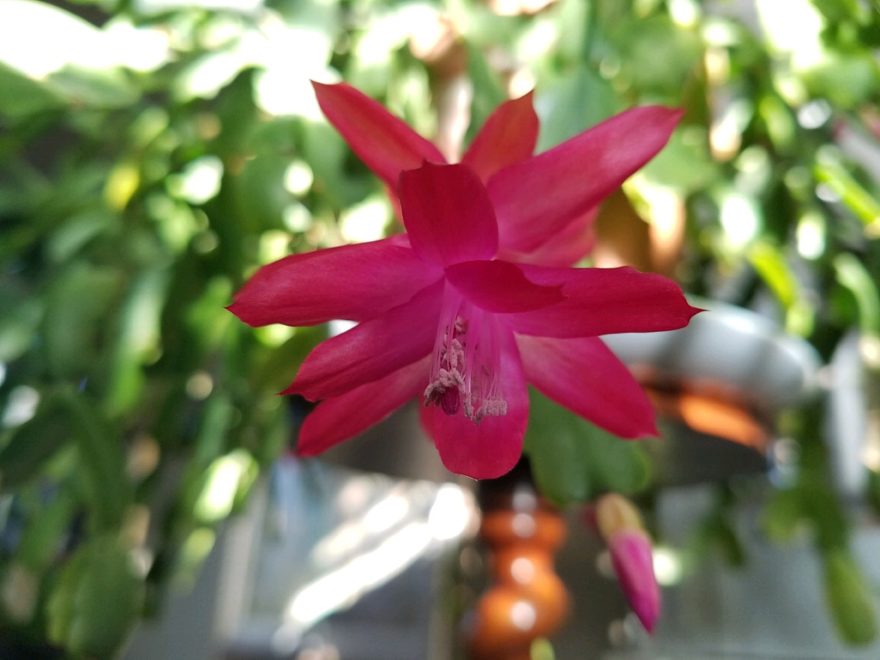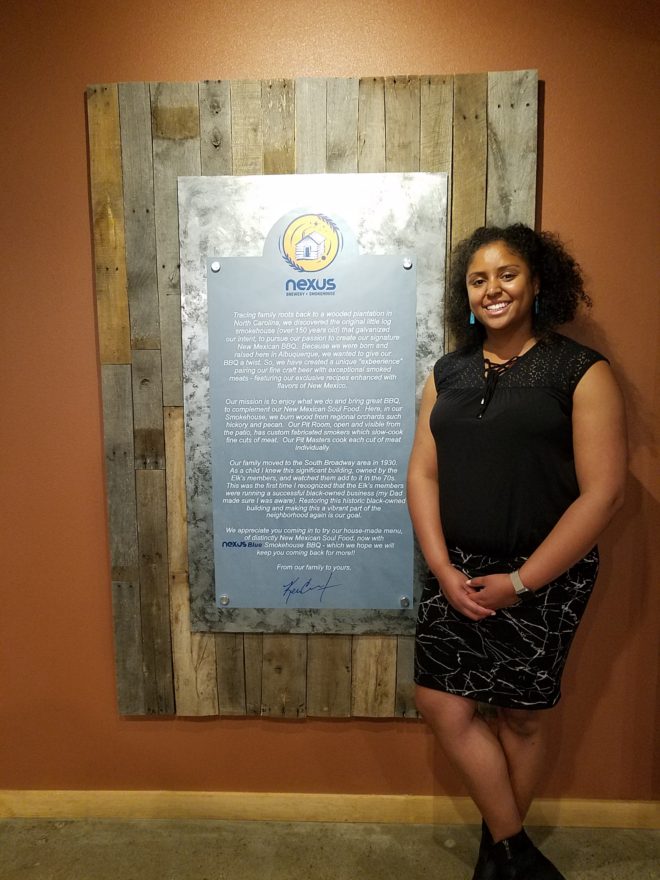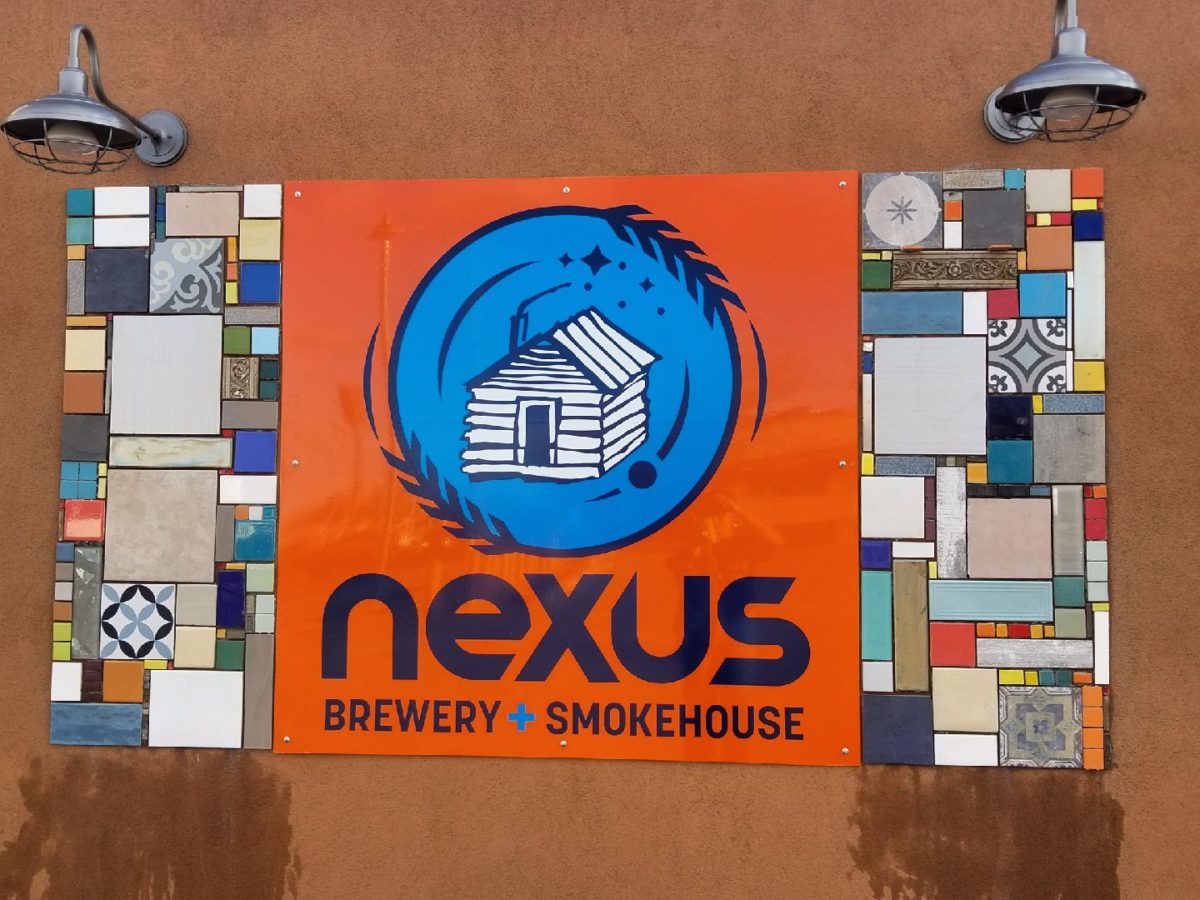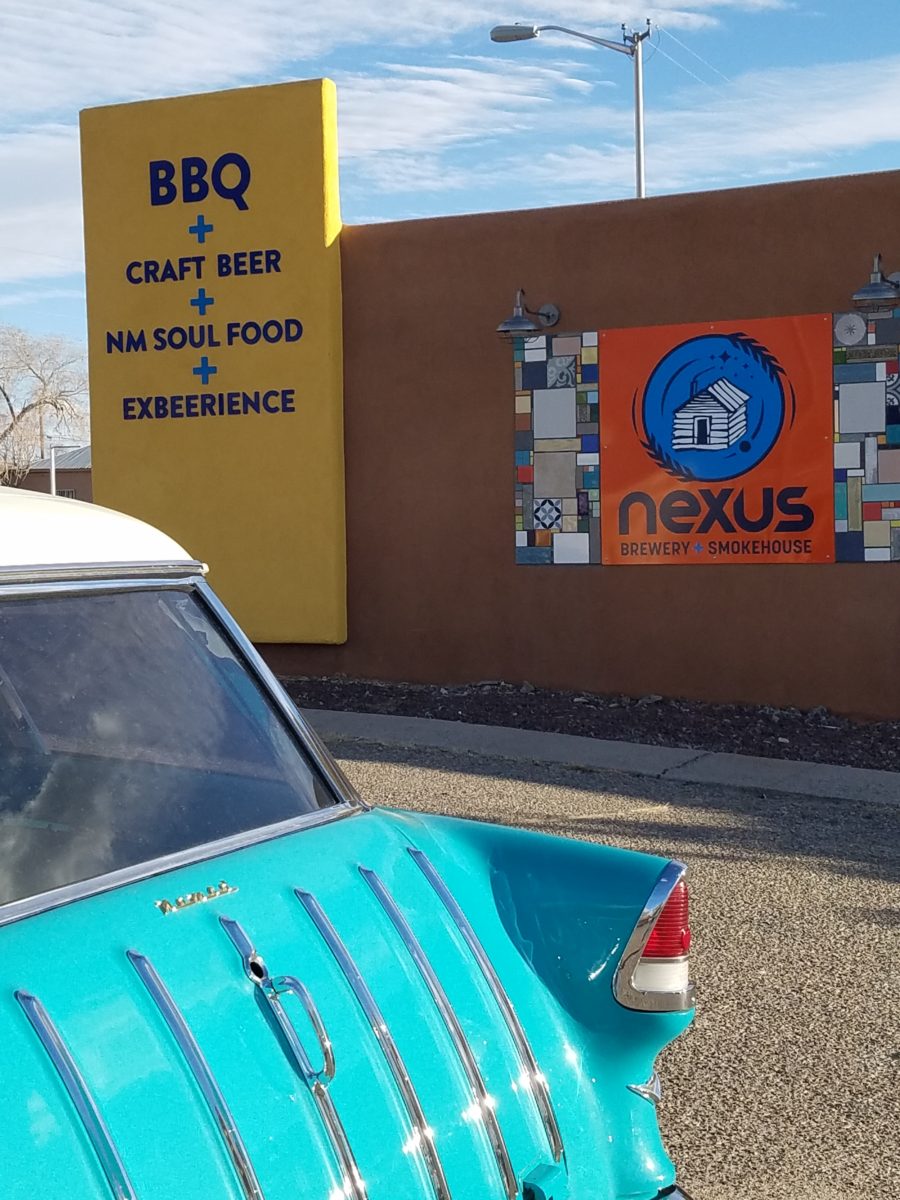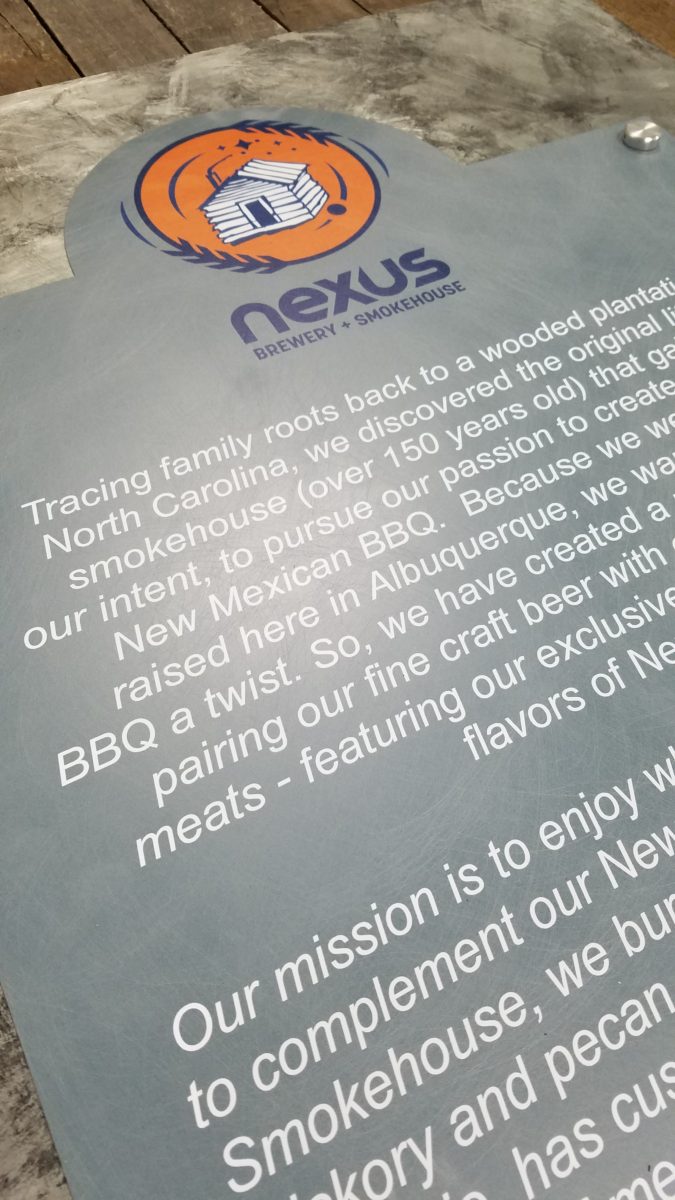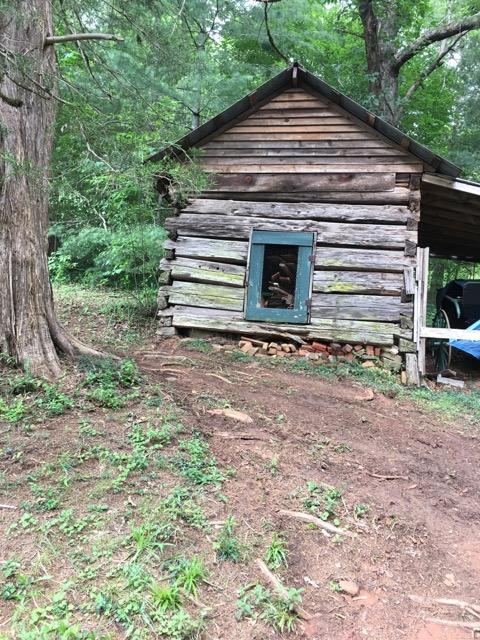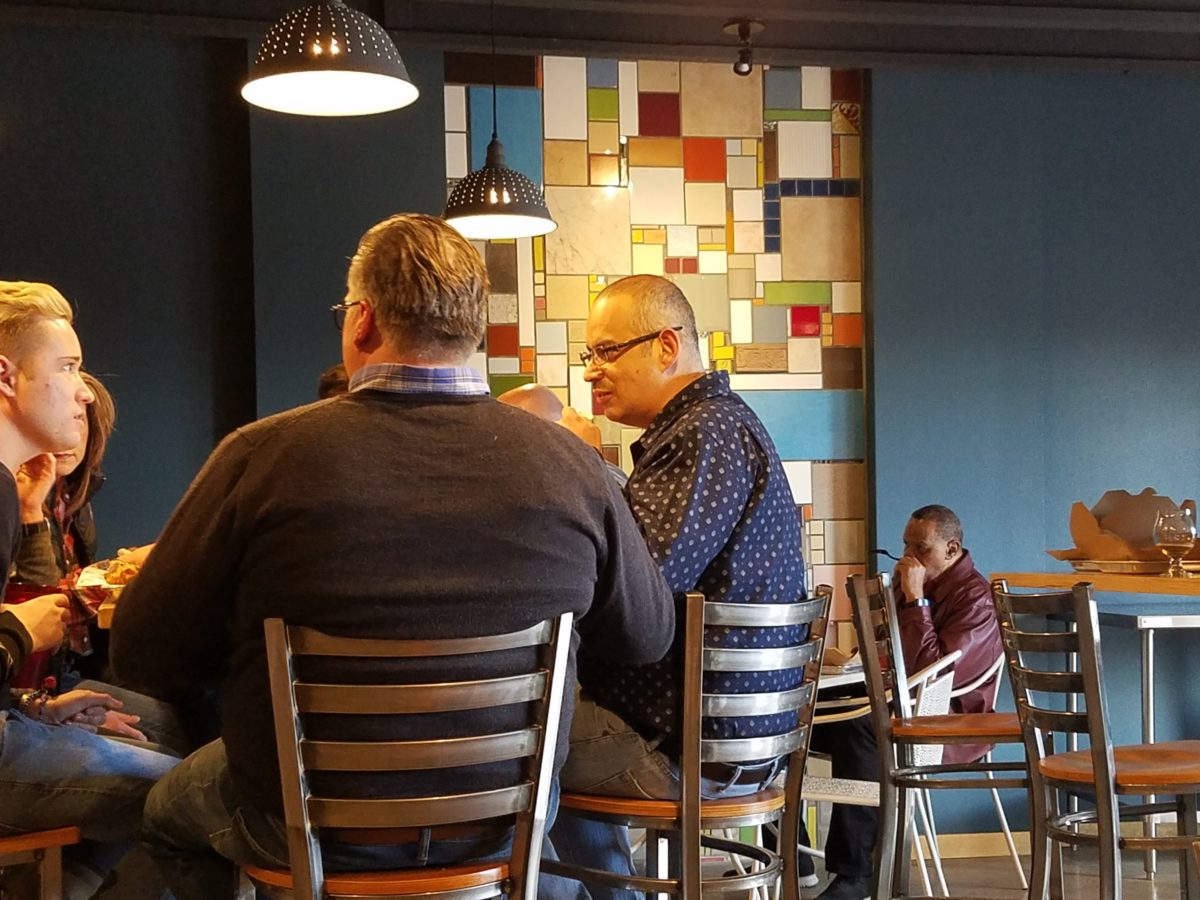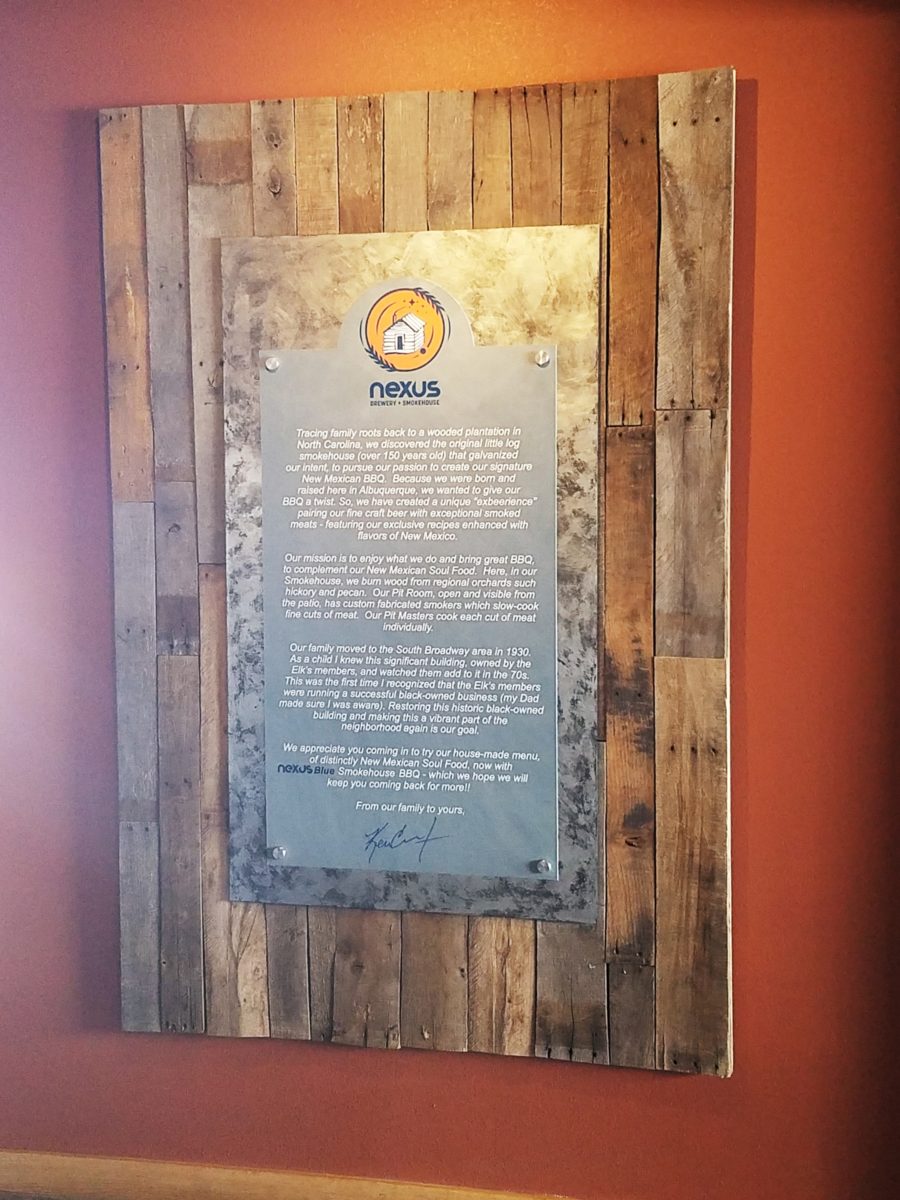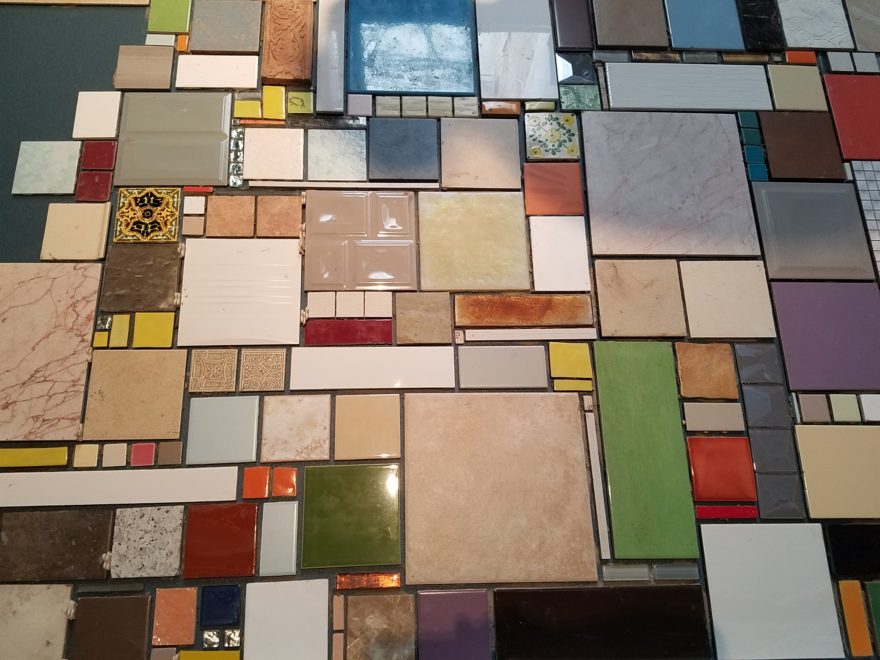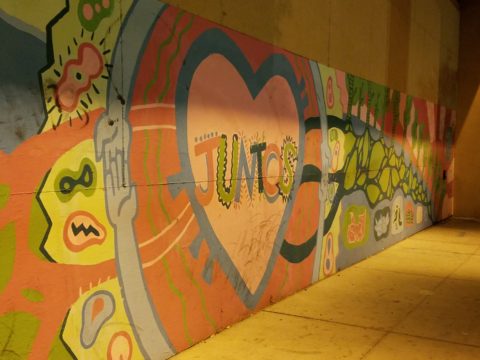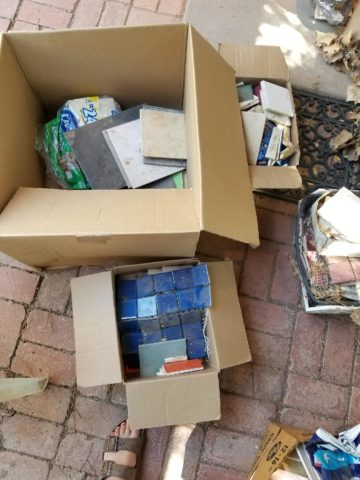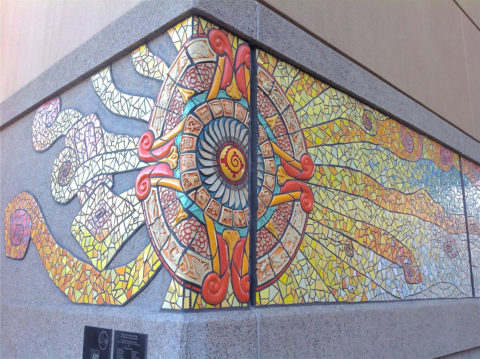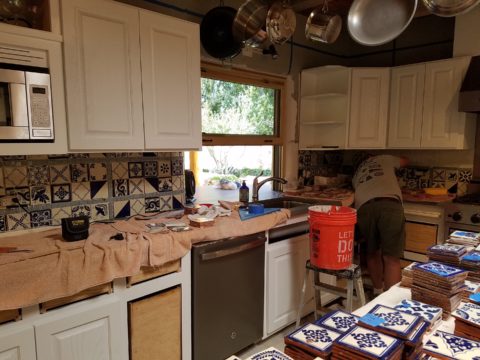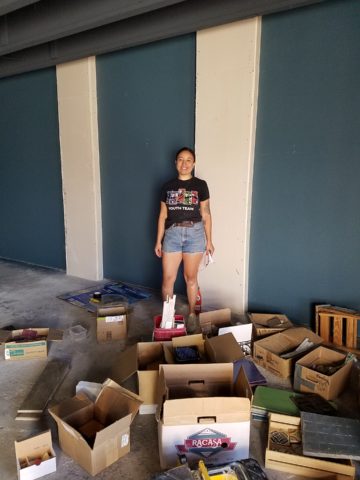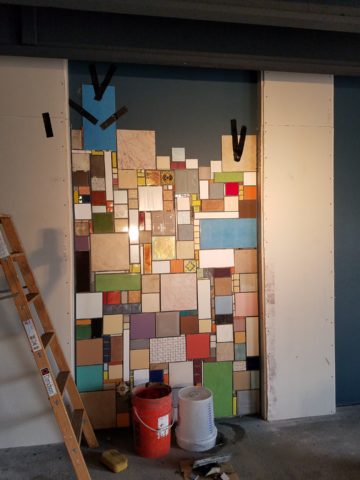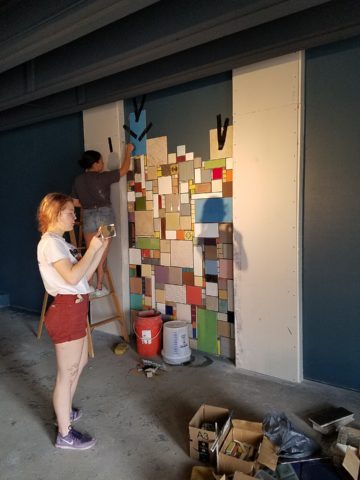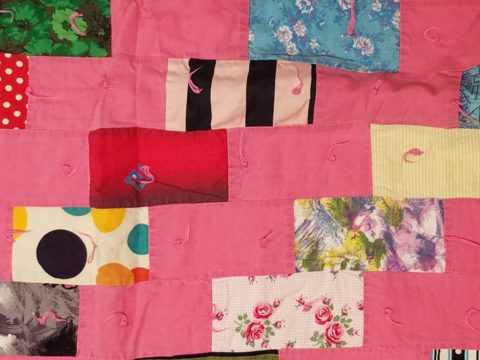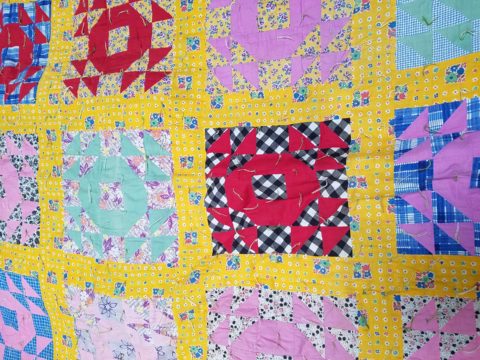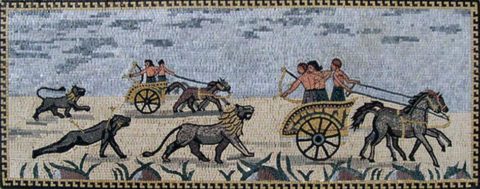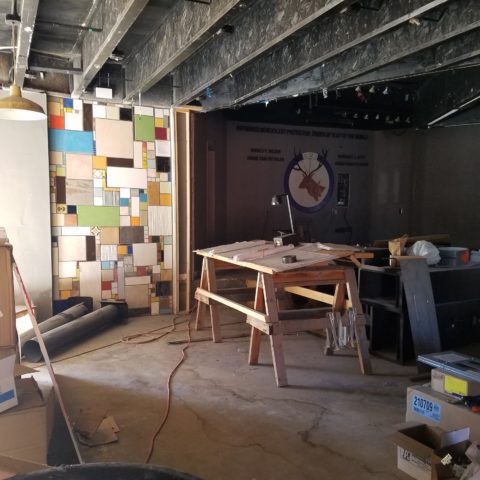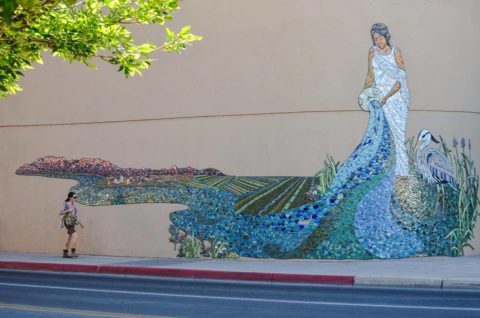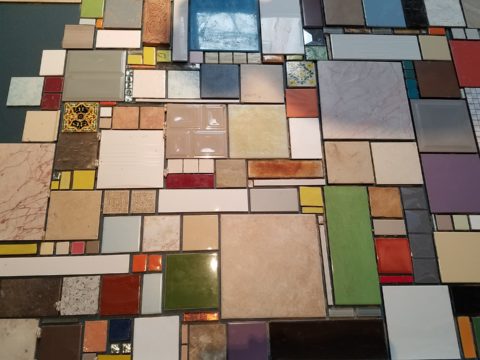Wherever you may be…it’s the time of year when traditions are so much a part of everyone’s holiday experiences. And with that opening sentence – no doubt some of yours come to mind.
Traditions, of course, are not limited to holidays – but for purposes of this season, it is the primary focus of this missive. Interestingly, over the past few weeks, I have had a few people ask me about home decor and specifically starting or perpetuating holiday traditions. I found it so compelling because traditions are created from repeat practices and experiences.
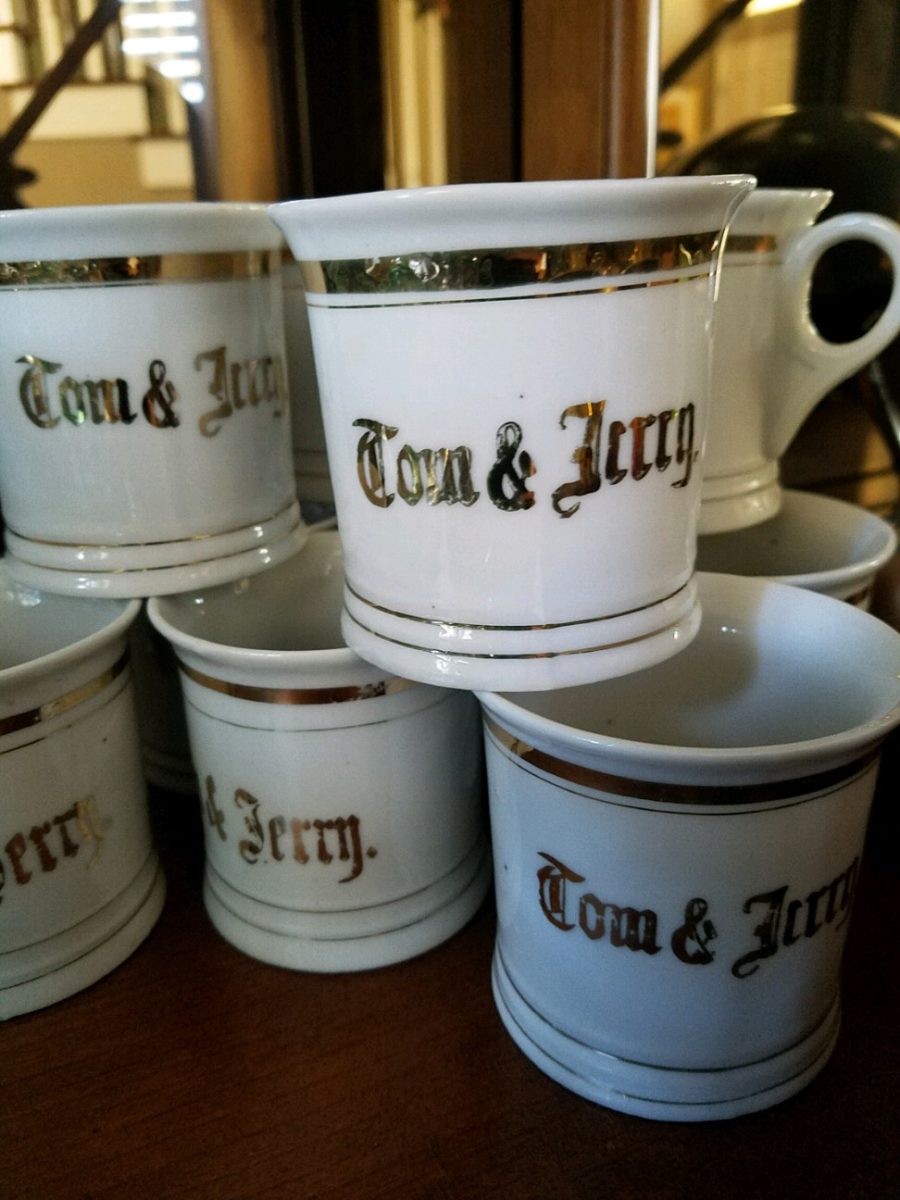
You can begin to practice things that become traditions – that’s the key. Of the recent conversations, one person approached me about a week before Thanksgiving. He was single, hosting a few friends and didn’t know where to begin. Could I help? The other inquiry was from a couple of years ago as a young woman who was not from New Mexico found herself here, newly married and in a new home. How was she to create the feeling of Christmas? The answers to both of these queries are at the end …
As is true with all consultation whether it is interior design, medical, self-help, physical fitness, IT…it all begins with questions. The consultant must ask questions to establish information that will guide them to make their recommendations. Here are 4 Tips for Approaching Traditions that will begin the conversation.
Perpetuating a Tradition: Memories are personal references that are the basis for traditions. The repeat performance of these various acts establish traditions. Continuing to practice the traditions insures that they repeat as each like-kind of event unfolds. It takes effort to continue to re-create traditions, but to lose the pattern can become irretrievable. It can be an onus or a joy to perpetuate traditions. I would prefer to embrace the latter! Ideally, any tradition that you chose to perpetuate should be a joy.
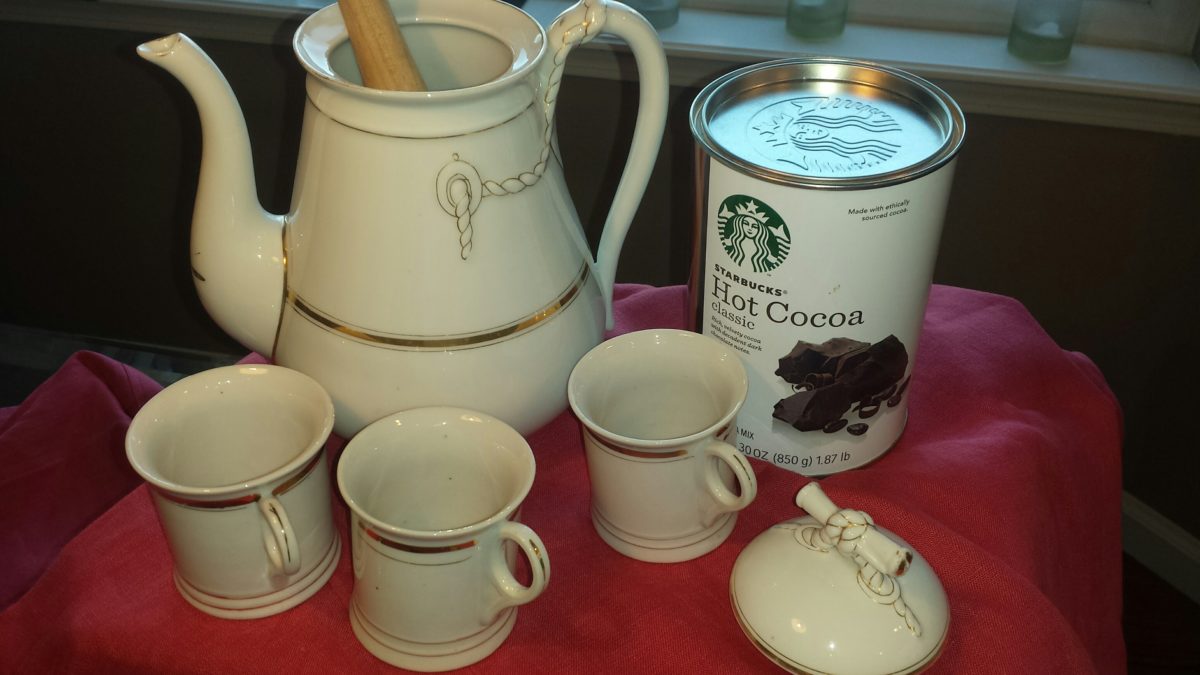
Creating New Traditions: Establishing the approach that perpetuating a tradition should be a joy or the act of something that brings joy, the same is true with creating a tradition. Seems obvious that you wouldn’t want to create a traditional around something that does not bring you joy. But you might be surprised. I have recently learned that sometimes people think that they begin something that is a common practice to create a version for themselves, when in fact it is a perceived obligation rather than a joy. Don’t force it- don’t feel obliged to begin a practice just because others do it. Experience, invent or witness something that brings you joy and replicate it. You might recall it from your past, find it in a scene from a movie or experience at someone else’s home, derive it from participating in an activity or, of course, discovering internet ideas that abound. If something interests you to the extent that you want to practice it – then do it! If you enjoy it enough, you will perpetuate it and it will become a tradition.
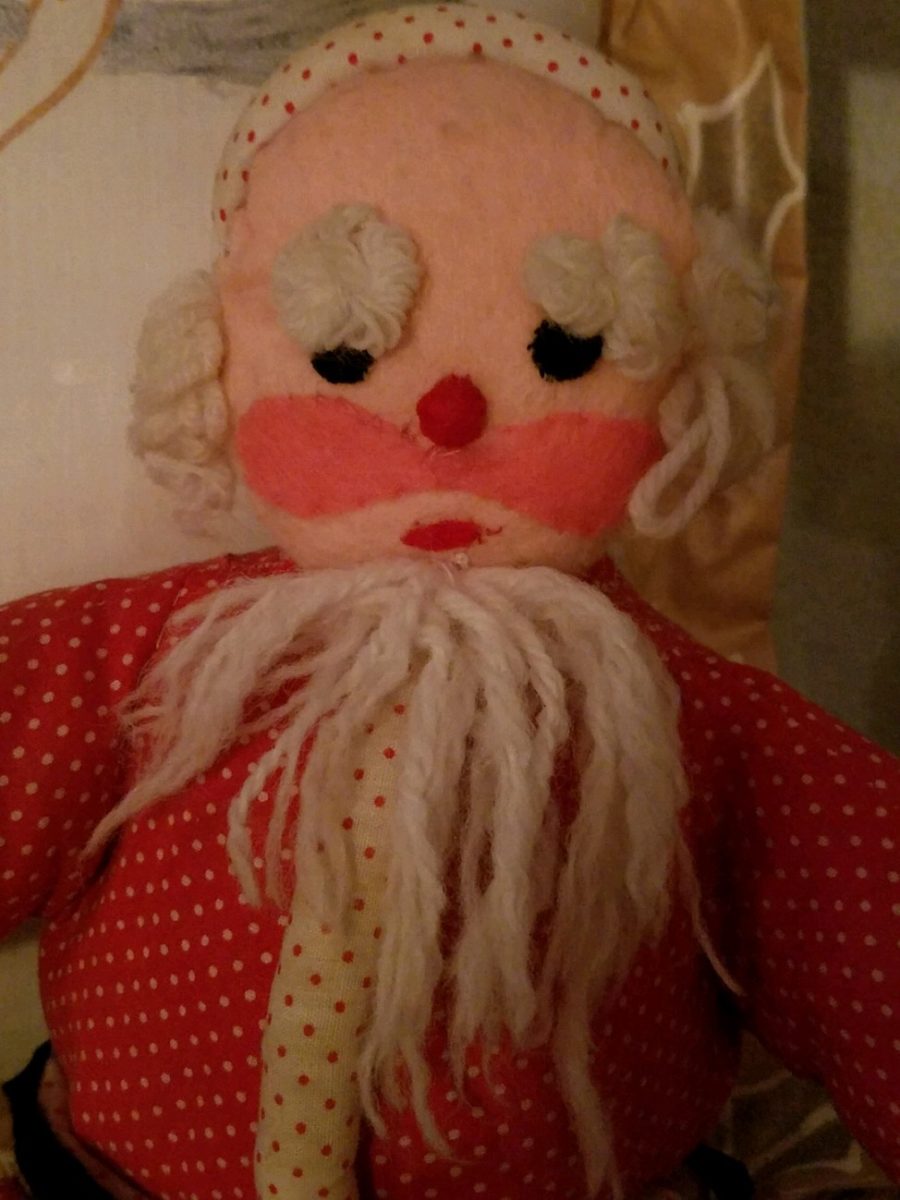
Modifying Traditions: We all need to determine how much we want to take on, how much we want to invest (in time or money) and how we achieve the same or similar results to create the joy. If traditions become too complicated or difficult, it might be time to re-think them. Rather than discard them, modify them. The time to discard a tradition is when it no longer brings you joy. But before that might happen and if the event/activity or degree of difficulty challenge your want to perpetuate the tradition, consider modifying it to suit your changing needs, circumstances and enjoyment.
This might happen if you move away from the context in which the tradition originally occurred, change in participants – if any, change in interests, physical or financial limitations…if the tradition still brings joy – find a way to achieve that with the necessary modification. Circumstances alter cases…like where you might have lived or are living at the time. Your fondest memories might be of chilly temperatures, warm fireplaces and the scent of pine trees…then you relocate to the tropics! This provides an opportunity to retain some of the original traditions and introduce some new. Not to mention, you might move to a different country where an entirely new set of traditions will present themselves – or just the different words for familiar favorites. Even without changing languages, in England they hang stockings at the foot of each bed rather than the mantle. Father Christmas is their Santa Claus. The list of similarities and slight differences goes on…
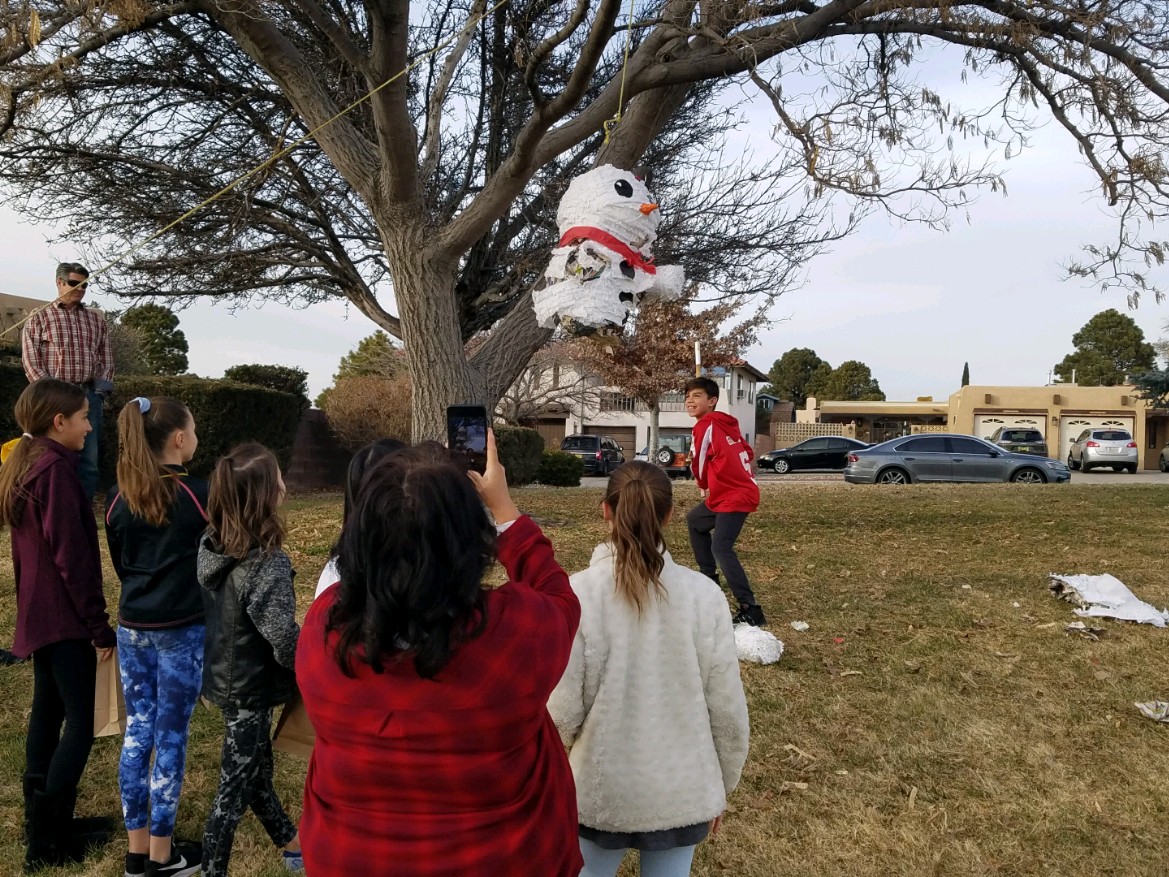
No snowy scene for snowball fights or skiing? Toss a ball or frisbee, take a hike or bike, instead.
No enormous turkey? Roast a breast or a more manageable duck or chicken.
Become a vegetarian? Using the same type of familiar meal service and table dressings, modify the menu.
Not convenient to cut and haul a tree from the wild? Buy one instead. Real tree a hassle? Become the proud owner of a magnificent fake tree- with a bit of pine-scented room spray! In my case, I occasionally give myself a “bye” break from putting up our tree (Although I love my tradition of collecting silver ornaments, of which I have dozens). So the “modification” is to have a magnificent, tall poinsettia on the entry table and several others scattered throughout the house to punctuate the interior with splashes of red.

No formal dining room? Gather on cushions around a coffee table – even if it means a piece of plywood from Home Depot on cinderblocks with a paper tablecloth! Candles and a centerpiece will set the scene.
Sharing Traditions
Gifting things that represent your traditions is a wonderful way to share. Obviously, baking and sharing traditional delicacies is prime. Making or finding ornaments to gift is nice. I offer cuttings of our family’s Christmas cactus. My grandmother always kept one or more plants from the original plant that was in her family home in Youngstown, New York. She was born in 1892 and her grandmother remembered the plant and told my grandmother that it preceded her in that same house. We don’t know how far back it goes, but at least mid 1800s. I have kept cuttings and grown mature plants from the very plants that my grandmother had her entire life of over 100 years and kept all the while we were growing up in the same house for 20+ years and now my 40 years since! Gifting a traditional food or a CD you compile of favorite recordings, sharing plant cuttings, passing along a treasured possession – all are ways to share traditions.
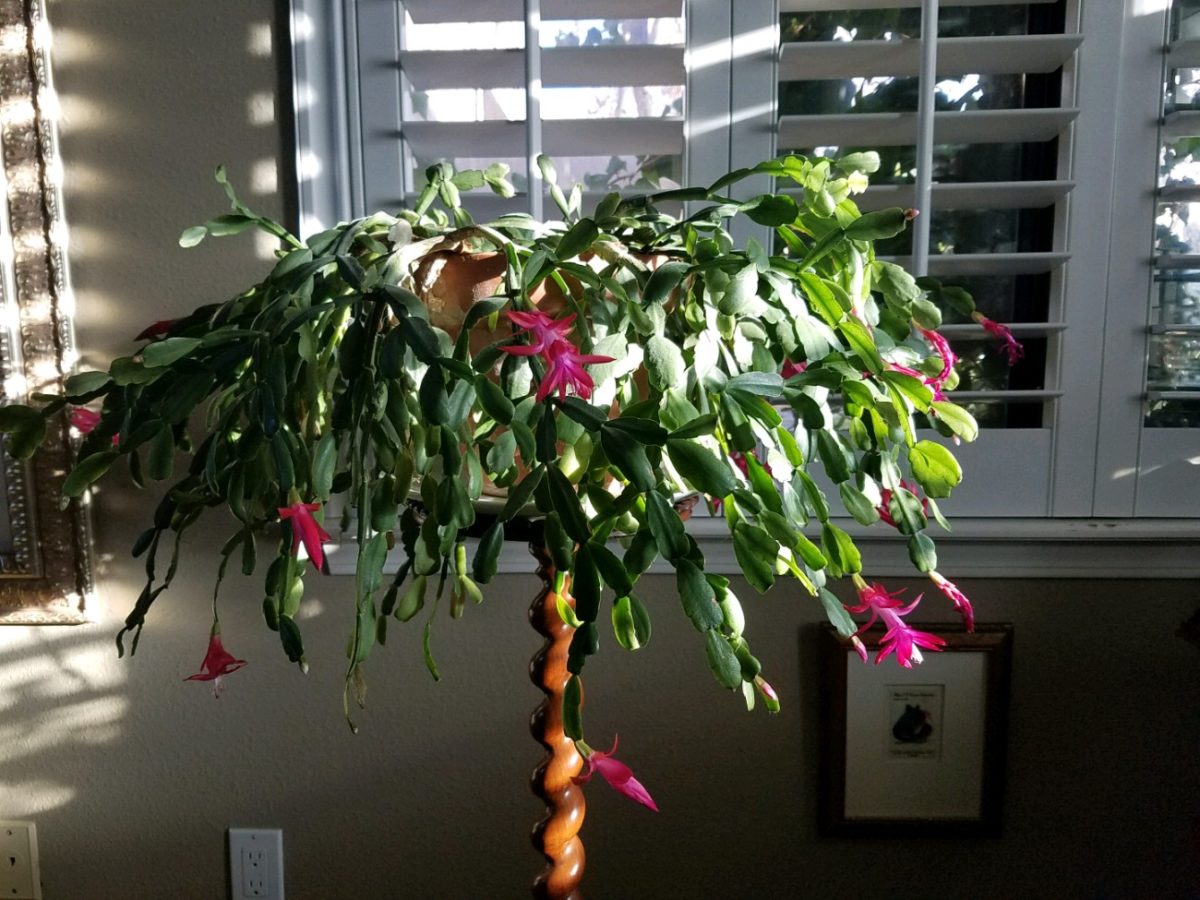
But what if you are starting out? Memories from childhood might be the basis for beginning your own adult traditions – whatever the springboard, it should be fun to establish your own holiday traditions.
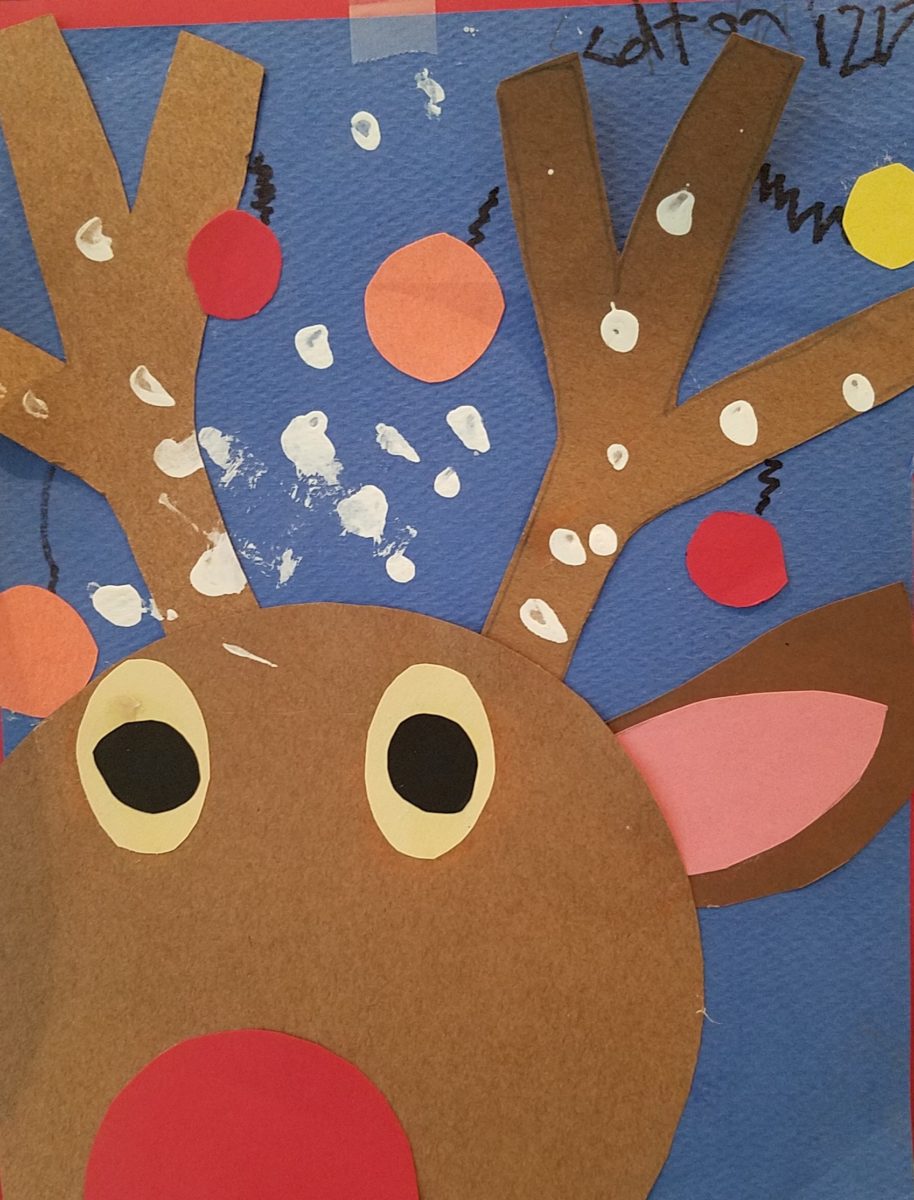
Whether it is handmade decoration, food centered, activity engaging, music oriented, game playing, object collecting…each person has their focus. Even if one is alone for a holiday, there are sentimental triggers that remind of past events.
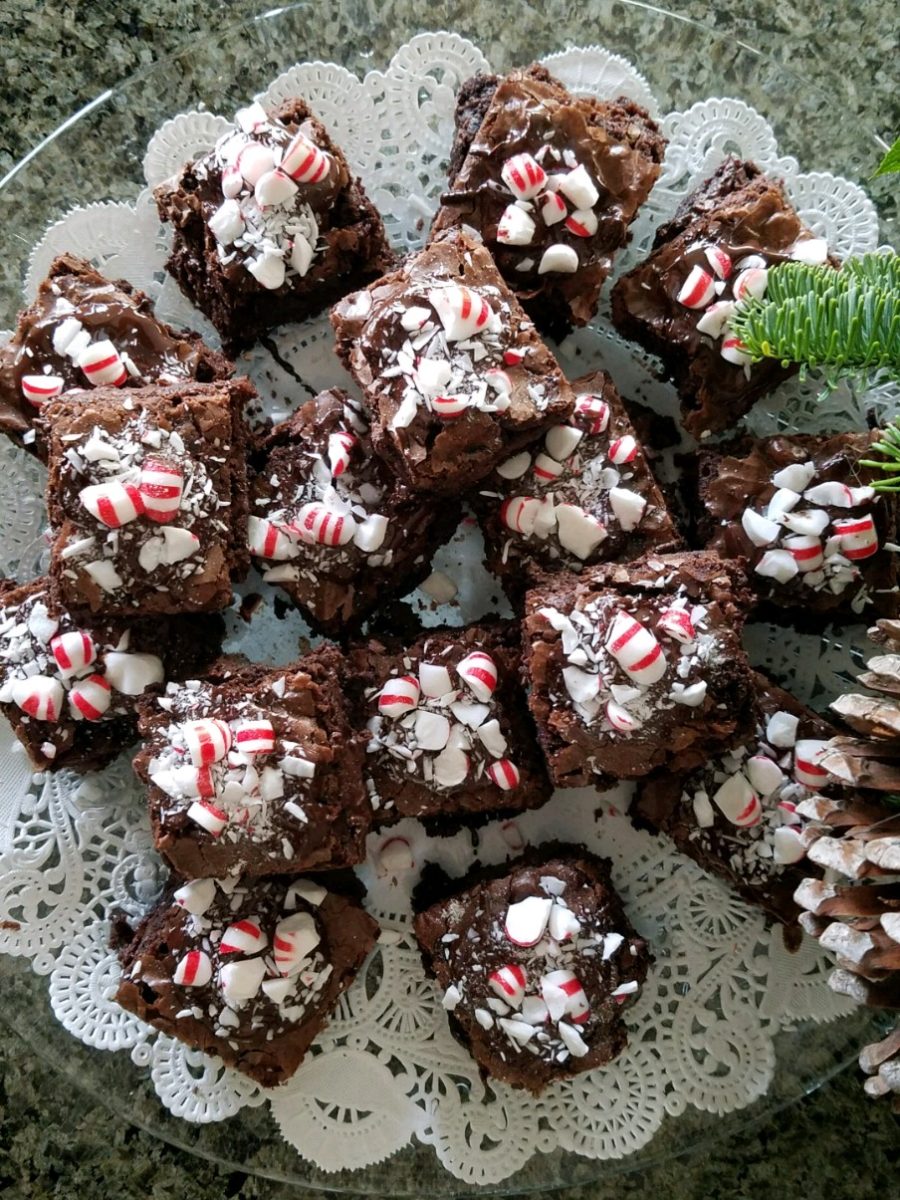
Food Centered: Main dishes, baking desserts, crafting cocktails…
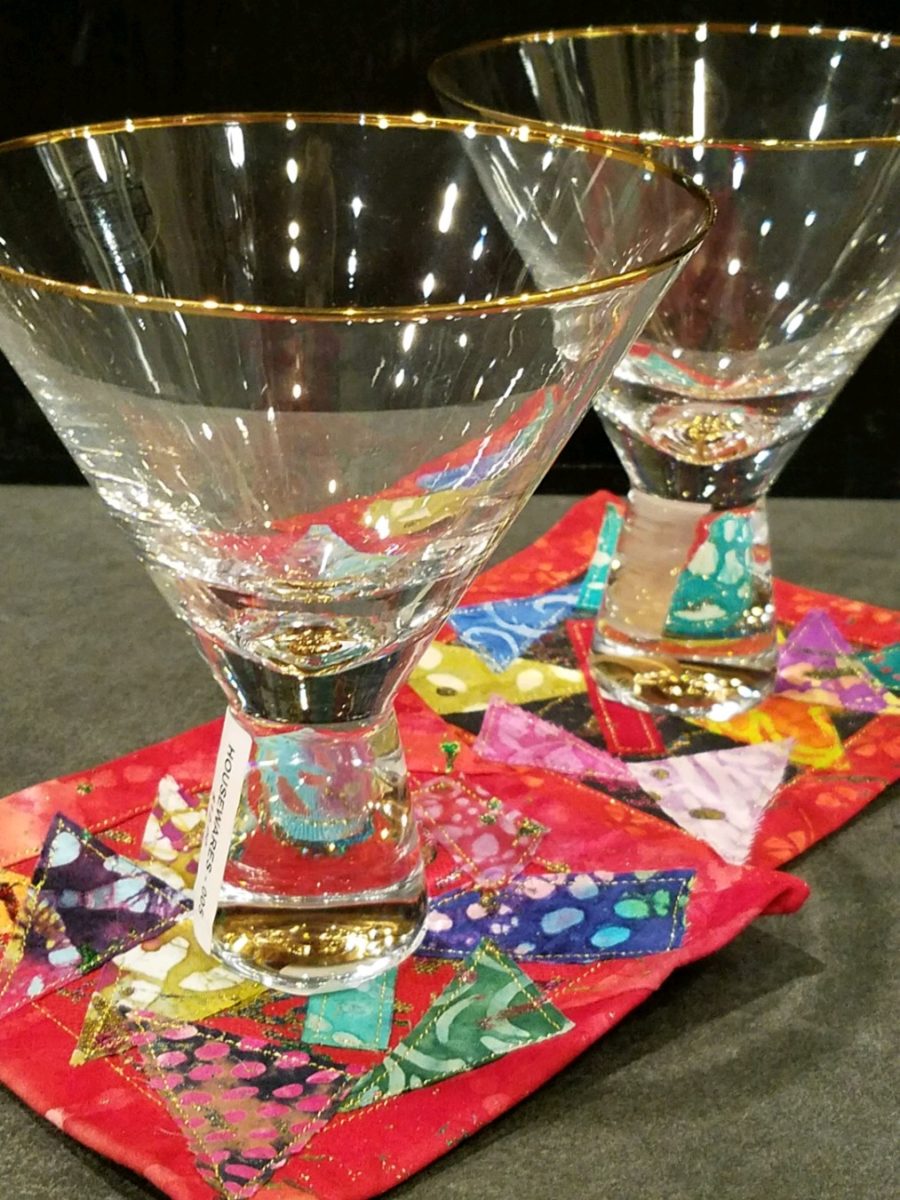
Activity Engaging: Playing games, sports – live or on TV, taking a walk, driving around to see holiday displays, theater productions…
Music Oriented: Gathering around a piano (guitar, accordion…whatever) to sing, neighborhood caroling, participate in a choir, Karaoke games, attending a concert, background music evoking memories for the occasion…
Decoration: Dressing your interior and exterior for the event(s)…
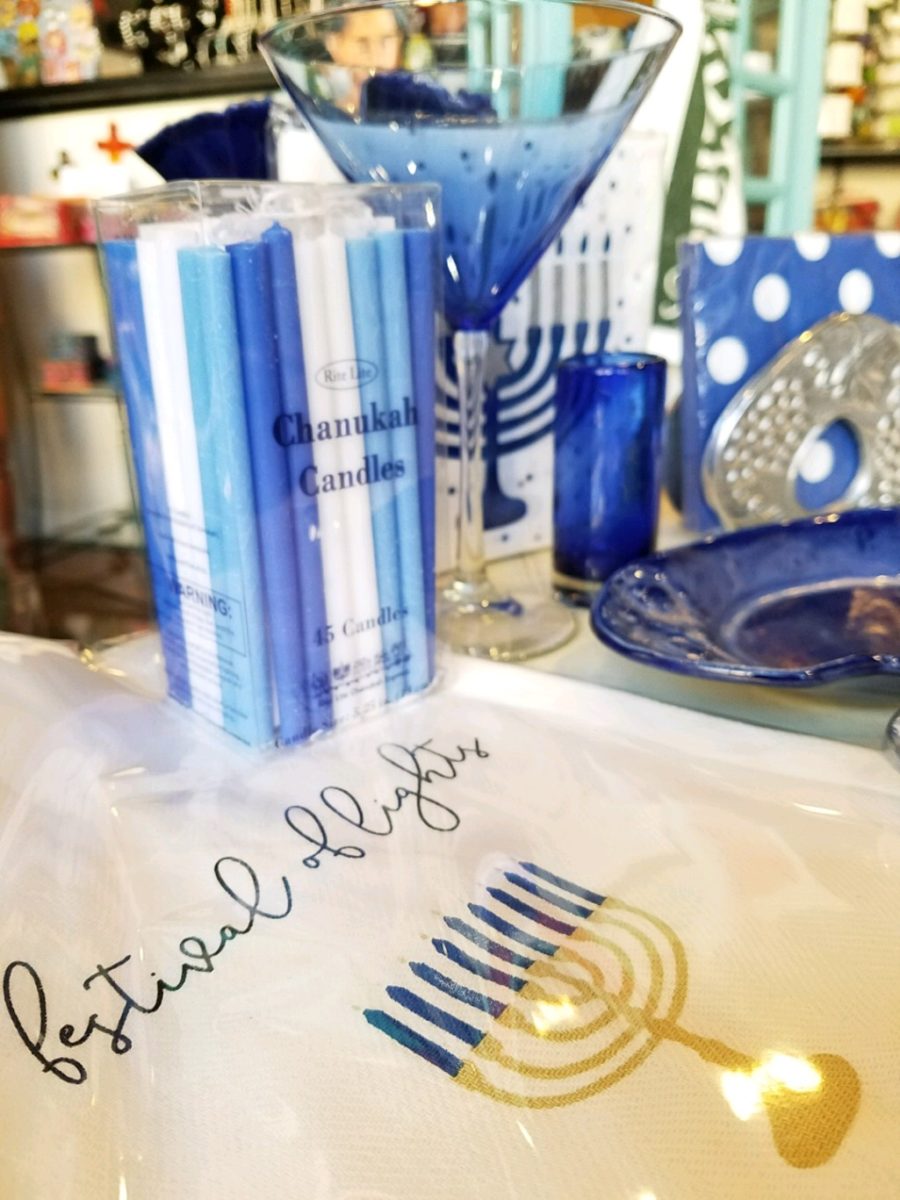
Collecting: Adding to collections…handmade series, vintage pieces, new releases…
Remember the guy before Thanksgiving? He had no formal dining room. He was having 7 friends gather. He wanted to do some semblance of what he regarded as a traditional Thanksgiving dinner. I asked him how he preferred to gather – standing with cocktails and appetizers grazing throughout the evening or a “sit-down” approach? He really wanted the feeling of sitting down to feast. In light of not having a formal dining area – and as it turned out, no coffee table either, I advised that he gather on cushions around a coffee table. Since he didn’t have one, I suggested that he go to Home Depot and get a 48″ square cut piece of plywood to position on top of a double stack of cinder blocks. I went in search of finding a table cloth and 8 large cushions (pillows) , votive candles and a centerpiece comprised of a bright yellow mum plant in a basket, with a few mini pumpkins and fall leaves. The scene was set. He used his own plates and utensils, white paper napkins and a package of orange cocktail napkins. He planned the meal and asked for each person to contribute an item that was special for them. After all the dishes were identified, he prepared the main dish, a casserole of boneless turkey breasts surrounded by his traditional favorite, Pepperidge Farm stuffing – baked and beautiful – and two other things that were not being contributed by his friends – canned cranberry jelly (ha ha) and a pumpkin pie that he purchased from a local bakery. Voila!
The gal entering her first Christmas as an adult was not from New Mexico nor was her young husband . They had a new home here and the local traditions were not in her realm of traditions. She wanted a large tree but did not own one single Christmas ornament. She bought a live-cut tree and we bought strings of mini white lights, a couple dozen red feathered cardinal bird ornaments, candy canes and white ribbon. She tied white bows on the tree and scattered the red birds all over it. I cannot believe that I can’t find the photo of the finished product – but it was a memorable solution for a first Christmas presentation.
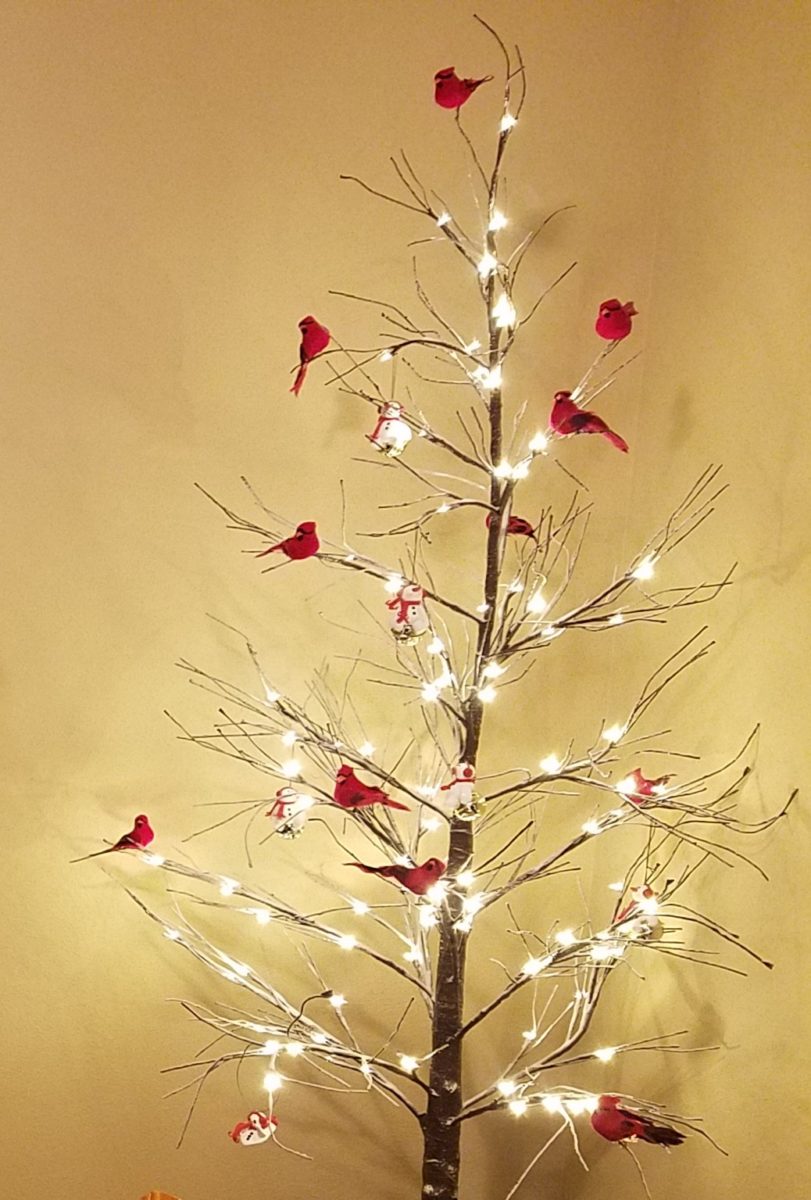
Happy Traditions Near and Far!!!!

